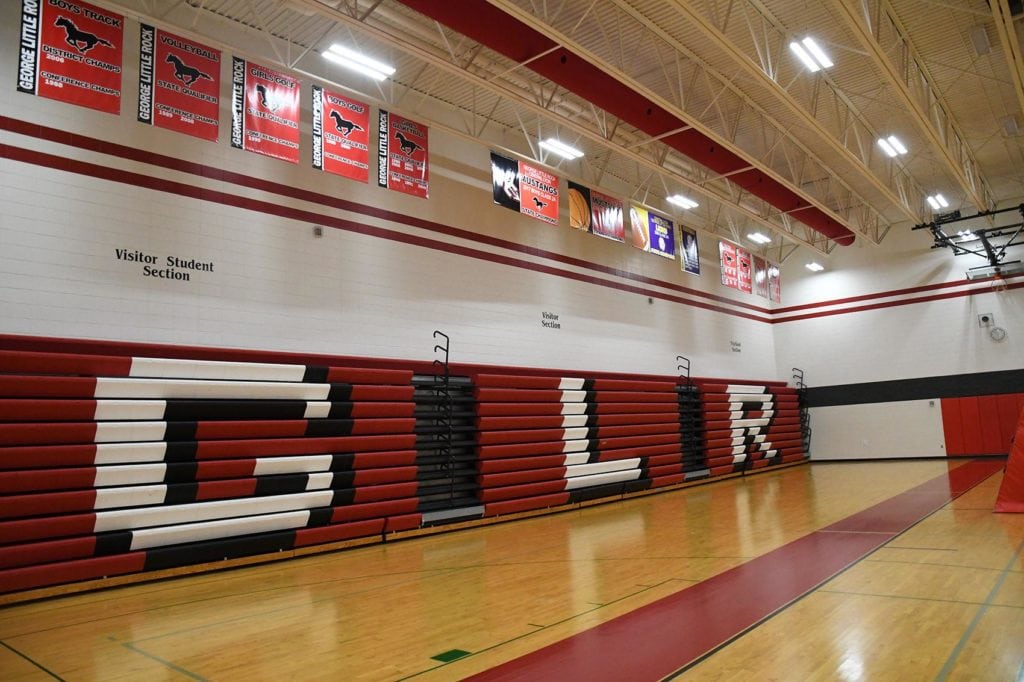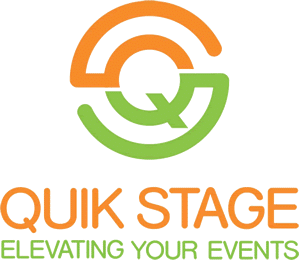By Jeff Carey
We’re (hopefully) nearing the end of a worldwide pandemic and some are still recovering from last summer’s Derecho storm that tore through many of our schools in the Midwest. These misfortunes have also created opportunities for administrators to pay closer attention to their bottom line and expenditures and prioritize projects that provide win-wins.
Enter LED lighting. Higher lighting quality + lower energy bills = more money for the students and saves precious general fund dollars. It’s a great time to look on the bright side and consider giving the gift of LED lighting to your students and faculty.
This article will take you on a quick tour around a typical school to help you understand some of the benefits provided by LED lighting solutions and products.
First, here is a quick list of LED lighting benefits common to all schools:
- Higher quality lighting with minimal service
- Improved student focus
- Minimize eye strain
- Increased control of lighting via dimmers and color changes
- Reduced energy usage
- Reduce maintenance time and resources
- Local rebate, energy efficiency and other financial incentives
Now let us take a quick tour of benefits around your school, room by room.
CLASSROOMS
LEDs are a great choice for schools because of their benefits in the classroom. Their brighter light output has been proven to increase productivity and focus. This increased focus has led to increased learning and better test scores. Decreased flickering and eliminating substandard fluorescent lighting improve the classroom environment.
Human-centric LED lighting solutions studies have shown positive improvement in five key area of our school’s classrooms:
- Circadian Rhythms
- Moods
- Visual Activity
- Improved Productivity
- Energy Savings and Sustainability
SPORTS LIGHTING
School gyms, outdoor football, track, baseball, tennis and swimming are all excellent candidates for LED lighting solutions.
Gymnasium/Basketball/Volleyball
Many of today’s gymnasiums are outdated, expensive and inefficient. Waiting for the conventional lights to warm up and turn on before early morning basketball practices, the constant humming of the lights, and producing more heat output than light output in order to operate are familiar and common problems in addition to a whole list of maintenance inconveniences and expense.
For years, gymnasium lighting has been limited to High-intensity discharge (HID) or fluorescent high bay lighting, the most common light fixture for spaces with ceilings higher than 15 feet. Most gymnasium lighting is more than 20 feet off the ground due to the nature of sports requirements of basketball and volleyball. All of these factors make gyms a great candidate for LED high bay lighting.
Football/Track/Tennis
Finding the right lighting that is energy efficient for outdoor stadiums like football fields used to be nearly impossible. Now, LED lighting has made it easier than ever. HID lighting has been used most often in outdoor field lighting in the past. They require a lot of power and heat to turn and stay on, resulting in high electric bills. Shadows or dark spots on the playing field are often a common complaint, along with costly maintenance. Requirements vary by state, but many existing fields do not meet athletic lighting standards and guidelines due to degradation and non-working lights.
Unlike HID lights, LEDs perform and thrive in cold conditions, perfect for the late football season and early spring track season. They also require less maintenance, have longer lifespans, and illuminate the field with brighter light at a lower cost.
Athletes and fans alike have provided many testimonials in recent years following outdoor LED lighting upgrades. These benefits make LED replacements for HID lights a tremendous investment, and many schools have been able to use their newly lit outdoor facilities for creating new revenue-producing events.
Baseball
Proper lighting on baseball fields is critical in allowing the players to track the baseball and eliminate shadows or dead spots. Traditional metal halide lighting has been the baseball stadium standard, but the attractive prices and advantages provided by LEDs are resulting in a tremendous wave of LED lighting implementations in new and existing fields.
Traditional metal halide and halogen lights need to be around 1500 watts per light approximately to effectively light and average field, with as many as eight bulbs per pole. This electricity usage, on top of the long run time of games, means a hefty electricity bill.
LED replacements for halide lights can run on around 800 watts with 20 to 30 percent more light output to boot. Better yet, LED lights turn on instantaneously, where metal halide lights take upwards of 30 minutes to even warm up. Consistent light uniformity across the playing field and stands significantly improves the environment. You can also potentially reduce the number of fixtures per pole.
Swimming
LED lighting for swimming pools has been shown to double the lighting and efficiency. Not only do swim facilities need proper overhead lighting, but also lighting below the water for swim athletes.
The benefit of using LED lighting is clear, as underwater LED pool lights can throw the same lumen output as incandescent bulbs, around 1400 lumens or more, while only using 14 to 20 watts, as opposed to 100. This improved lumen output means swimmers are safer and able to see more clearly for turns and dives.
LED lighting does not require heat to turn on and stay on, making them a great choice for pool lighting, as they won’t add to the temperature of the water. Their long lifespan also means you save money and time replacing old, burned out, inefficient bulbs when maintaining with pools with a large footprint of water.
LIBRARY
Without proper lighting when reading, our eyes become strained, which can cause headaches and fatigue. Installing LED lighting parallel to bookshelves reduces eye strain while creating a more ambient environment. When you install LED lighting in tandem with motion sensors in libraries, this saves your school even more money. Students and library administrators love the benefits!
OFFICES and HALLWAYS
Well-lit hallways are important in any building. When installing lights in your school, it’s important to remain consistent. Motion sensors and dimming controls offer additional options to maximize energy savings.
Installing LED lights in hallways means better lit lockers and less maintenance for lighting in general, as LEDs are often rated at 50,000 hours or more. Some schools have a large number of office and hallway lighting fixtures, resulting in a large portion of their electricity bill usage. Energy and cost savings can be huge in these situations.
OUTDOOR EXTERIOR AND PARKING LOTS
Another often overlooked area in need of LEDs is school buildings’ exterior. Security and parking lot lights are great opportunities to upgrade to LEDs.
It should be noted that in today world, increased security is paramount to each and every school. High-resolution security camera footage is often only as good as the lighting provided in the area being surveyed. LED lighting solutions should be a mandatory consideration for your school’s security infrastructure plan to maximize your investment.
We hope this give you a better understanding of the many benefits offered by LED lighting for your school.
LED lighting is constantly evolving as new conditions and challenges arise, and it’s important to do your due diligence on the design, products, service and support you expect to receive as part of your new lighting projects. There are also attractive rebates, grants, and other energy efficiency programs that may be available in your area that can significantly offset your project cost.
Jeff Carey is over business development and marketing for Sitler’s LED Supplies. With locations in Washington, Cedar Rapids and West Des Moines, they are a premier Iowa LED lighting distributor, with their customers from design to installation, www.sitlersledsupplies.com.





